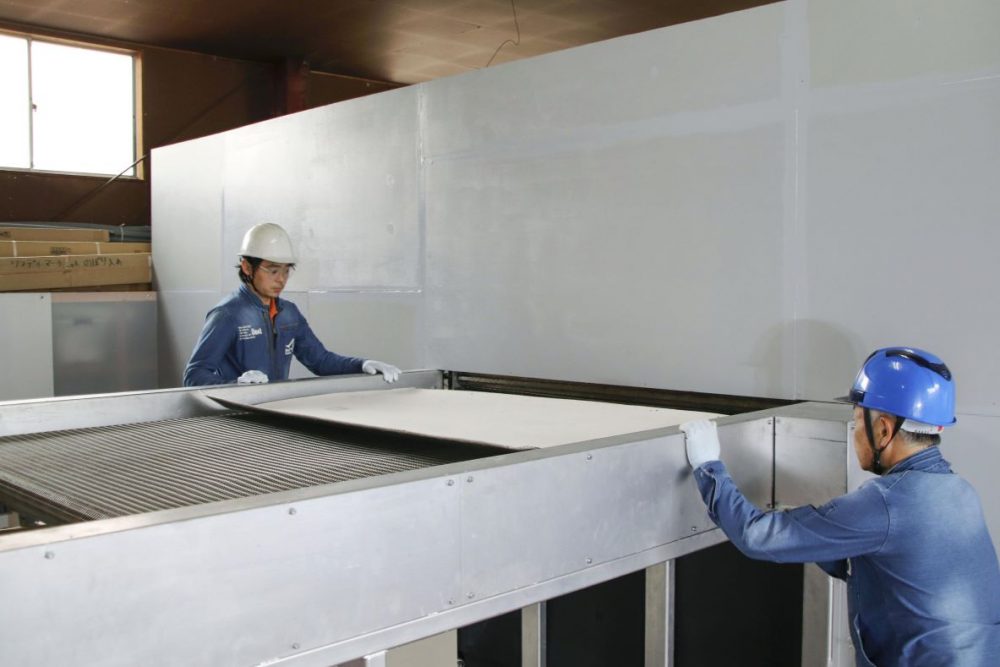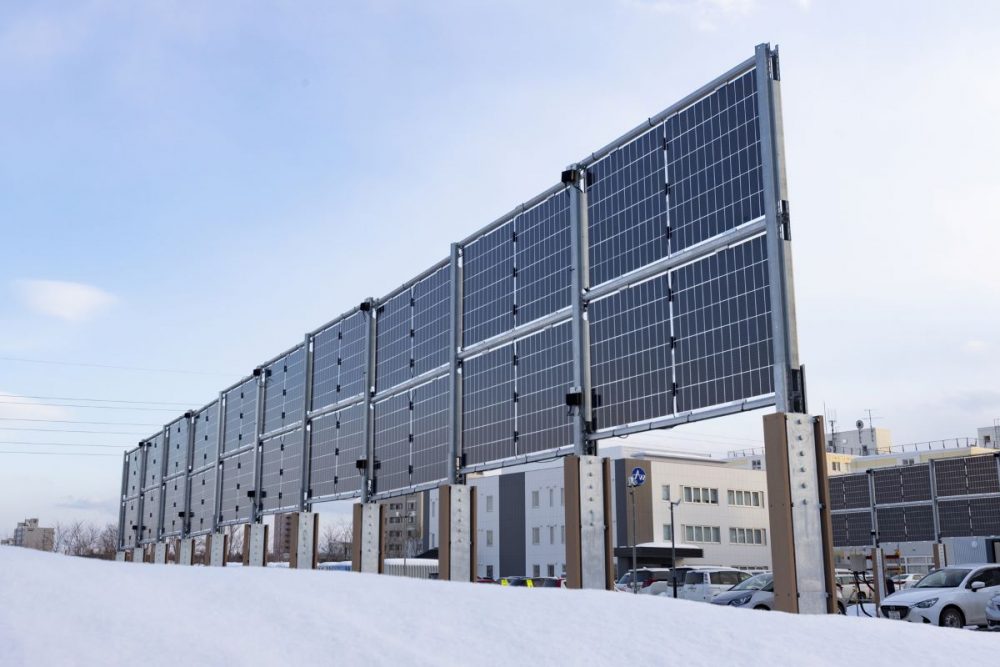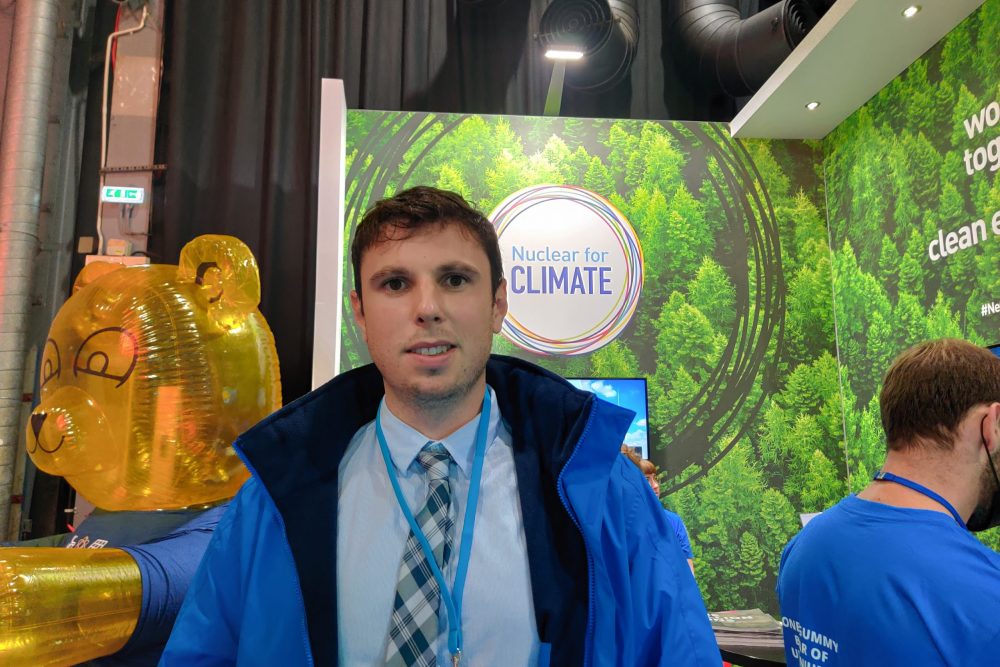Large-Scale State-Run Waste to Energy a Must for Decarbonization
Incineration technology expert Yasuo Suzuki of JFE Engineering shares insights on the urgent need to make Japan's waste to energy sector more efficient.
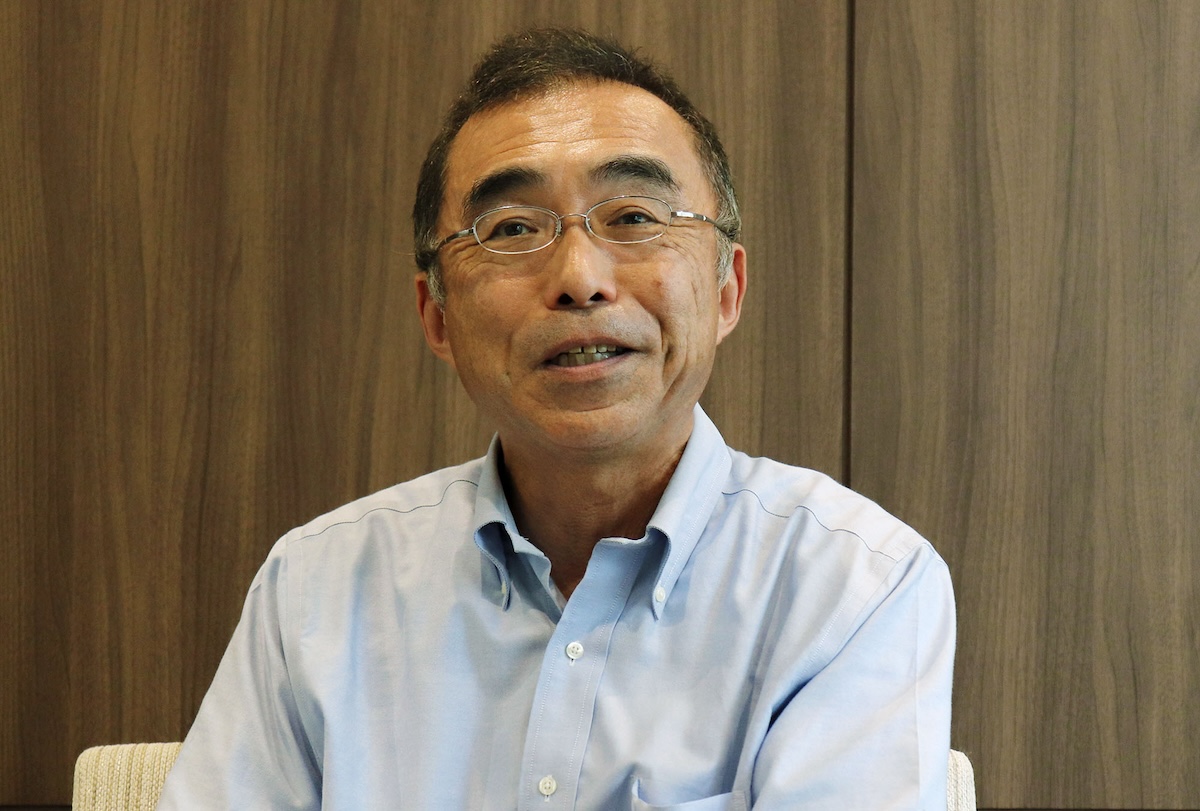
このページを 日本語 で読む
Japan needs to nationalize its waste incineration plants and make them large-scale – so asserts a seasoned professional in waste management technology. Journalist and Manager at JAPAN Forward Mika Sugiura interviewed Yasuo Suzuki, Senior Fellow in charge of environmental technology at Yokohama-based JFE Engineering Corporation, a major engineering company involved in waste incineration. Mr Suzuki, who has been involved in the design and operation of over 50 waste incineration plants, shared his insights on what Japan ought to be doing in the waste to energy sector.
Booming Waste and Recycling Business
How did you get involved in the waste management industry?
I have been involved in the design, project management, consultation with sales partners on orders, and development of incineration technologies for more than 50 plants. My major in university was mechanical engineering. Many of my classmates went on to work for automobile manufacturers. Helping a professor prepare some materials for a lecture is what got me interested in waste management plants.
Were you assigned to the waste sector when you joined JFE Engineering, which has roots in steelmaking and shipbuilding?
When I interviewed for the job, I was brazen enough to say I wasn't interested in steelmaking. Many thought of waste only as smelly and shied away from working in what was only a minor sector at the time. In the 1970s, Tokyo was said to be in the midst of a "war on waste." Residents opposed the construction of incineration facilities, creating quite an uproar. Later, there was a lot of furor over dioxin pollution, leading to the development of countermeasure technologies. Now our business in environmental fields, like incineration plants and recycling, accounts for 60 to 70% of total sales.
Waste Sector a Mere 3% of CO2 Emissions
Are incineration technologies shifting focus from toxic substance pollution to reducing carbon emissions to mitigate global warming?
Even if the target shifts from nitrogen oxides and dioxins to CO2 reduction, the basic approach of using the best available technology (BAT) remains the same.
In terms of CO2 reduction, I have my doubts about decarbonizing at the intermediate waste treatment stage. The sector emits only about 3% of the nation's CO2. If carbon-intensive sectors like steel and chemical manufacturing and power generation were decarbonized, there would theoretically be no need to decarbonize at the treatment stage. However, for domestic waste, municipalities are in charge. So even if costs are a little higher, that makes it easier to rationalize. Emissions are kept much lower than what are considered safe standards because citizens consider the facilities a nuisance. On top of that, CO2 emissions could be reduced to promote decarbonization. Unlike the private sector, cost can be left out of the equation to a certain extent because taxes are used. This makes it easier to promote CO2 capture.
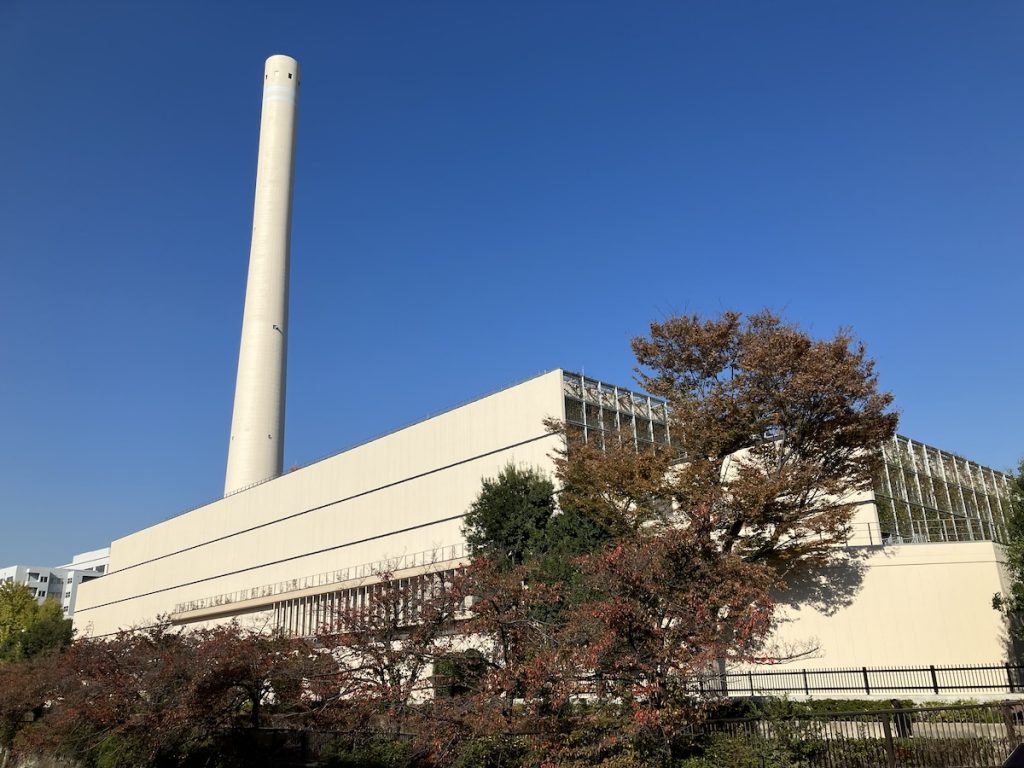
Japan's Inefficient Waste-to-Energy Plants
Incineration facilities play a role in decarbonization and energy supply, don't they?
As of 2020, 387 of Japan's 1,056 waste incineration facilities, or roughly one-third, generate electricity. However, the scale of these facilities is the issue. A 300 tons per day (t/day) facility is considered large-scale, but most of Japan's incinerators are small-scale with a daily processing capacity of 100 t/day, making them inefficient.
In terms of power output, 1,000 t/day of waste treatment only produces several tens of thousands kW, or only one-tenth the output of a commercial thermal power plant. Even put together, the total power output for incinerators is 2,079 MW (megawatts), or the equivalent of two large commercial thermal power plants. In fact, plants operate at a rate of less than 60% due to having backup furnaces to deal with problems, making them even more inefficient. It can be noted, though, from the standpoint of the municipalities that own them, that these power generation facilities are large, and unlike solar and wind power, they are not affected by weather.
In Europe, Waste Is Energy
How do Japan's incinerators compare to those around the world?
For example, a facility in Amsterdam in the Netherlands processes 4,400 t/day. If there is not enough waste, more is brought in from other countries by ship or truck. In addition to electricity, incineration is a source of heat supply for the community. The facility is large and efficient and benefits local residents. There have been protests against the plant's shutdown. This is the opposite of Japan, where people protest against plants being built in their communities. Another example is Veolia, a French operator involved in large-scale waste processing, that boasts sales in the trillions of yen range. The scale in Japan is on the order of tens of billions of yen.
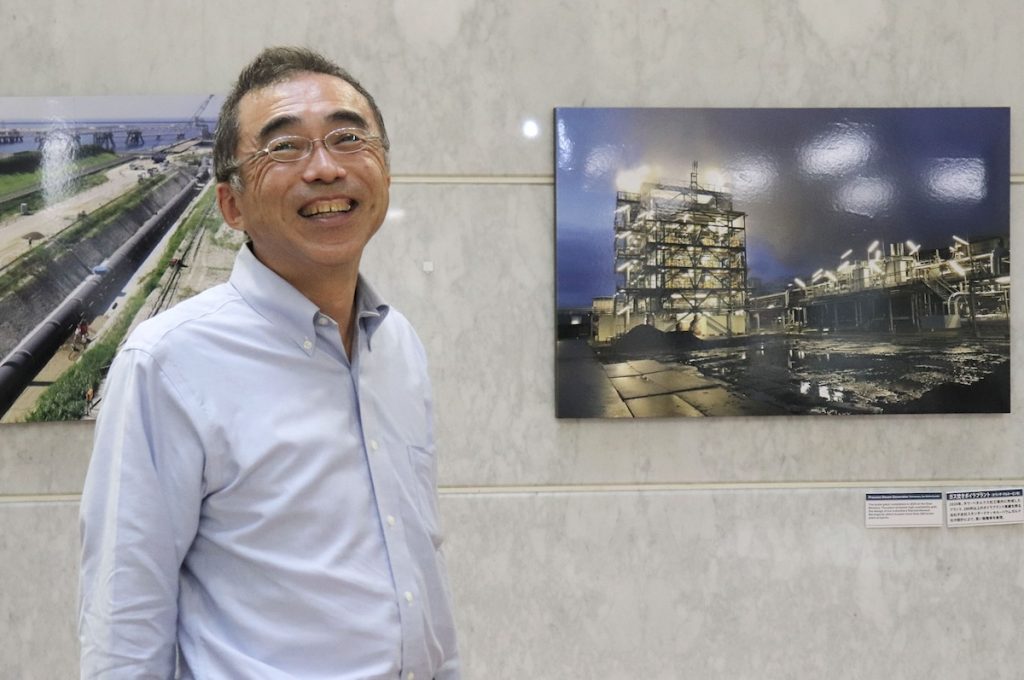
Moving to State-Run, Large-Scale
What are your suggestions for the way forward for Japan?
Domestic waste in Japan is left to municipalities, and inefficient systems are widespread. In some aspects, it is easier for the national government to wield control without direct intervention because the municipalities are in charge. However, to achieve carbon neutrality by 2050, the national government needs to install 4,000 t/day large-scale plants to improve efficiency. Optimal BAT technologies need to be incorporated. Otherwise, we won't achieve our goal. Plants should be built alongside industrial complexes, not in remote areas. Power and heat must be supplied at the most efficient level.
A renewable energy feed-in tariff (FIT) was introduced during the last Democratic Party of Japan (DPJ) administration. After the Fukushima nuclear accident, the government set up temporary incineration facilities in Fukushima Prefecture. The government funneled a lot of money into the switch from coal to oil. We are reaching the limit of what can be managed through technology and innovation, and we need to respond in our society and institutions.
Can the efforts of Japan, a hot and humid island nation, serve as a reference for other Asian countries?
It is difficult to establish a waste management system unless every step – from sorting and collection to transportation, intermediate treatment, and final disposal – is set up. But many countries do not have these steps in place. Suddenly building a waste incineration facility is pointless. These systems must come first and therein lies the difficulty.
In Europe, waste incineration plants are positioned as a source of thermal energy, but in Japan they are often viewed as "Not In My Back Yard" (NIMBY) facilities. Mr Suzuki's recommendations for bold institutional reforms in terms of cost-consciousness, nationalization of plants, and location provide valuable advice to heed to address the global issue of decarbonization.
Yasuo Suzuki was born in 1960 in Kanagawa Prefecture. After joining NKK (now JFE Engineering Corporation) in 1984, he was assigned to the design of waste incineration facilities. He has served as chief of the Environmental Division and is currently Senior Fellow in environmental technologies. He has been involved in the development, design, project management, and technology licensing of stoker furnaces, fluidized bed furnaces, and gasification melting furnaces.
このページを 日本語 で読む







